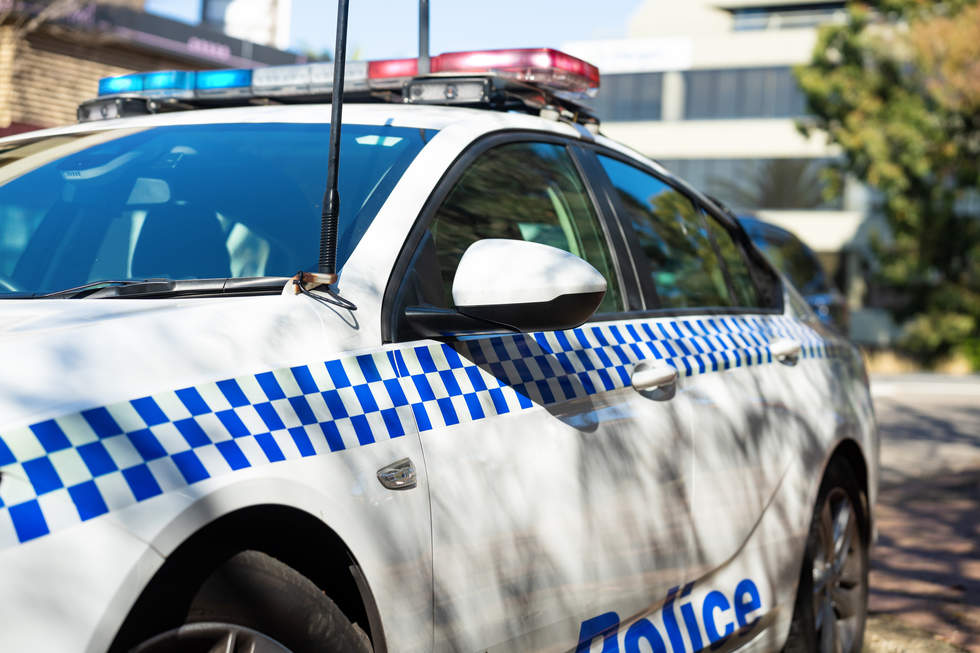What you can do if you have experienced flooding
The Bureau of Meteorology issued a severe thunderstorm warning with the risk of heavy rainfall at 9:15am this morning and the rain has affected many parts of Bayside.
UPDATE 11:06am A severe thunderstorm has cleared to the east of the metro area. Storms near the Ballarat may be severe, but the risk for Greater Melbourne has likely eased.
Severe thunderstorms are no longer affecting the Melbourne Area. The immediate threat of severe thunderstorms has passed, but the situation will continue to be monitored and further warnings will be issued if necessary.
Please take care out there and if you need flood or storm emergency assistance phone 132 500.
----
And remember, during a storm or flood to:
- Beware of dangerous trees and fallen powerlines.
- If you must be on the roads, drive to conditions.
- Check that loose items such as outdoor furniture, umbrellas and trampolines are safely secured before a storm hits.
- Park your car undercover and away from trees.
- Never drive on flooded roads. It can take just 15cm of water to float a small car - that’s the height of an average pen.
For assistance during an emergency please call:
- 132 500 for assistance from the Victorian State Emergency Services (VICSES)
- Triple Zero (000) for any life-threatening emergencies
- 1800 226 226 for the VicEmergency hotline.
Preparing yourself, your home, and your community for flooding
The first step is to understand the flood risk at your own property, which is available to look up via the Special Building Overlay (SBO) from Council’s planning scheme or apply to Melbourne Water directly for a Flood Level Certificate.
If you live in an area prone to flooding, preparing your house can help reduce the effects of flooding, and reduce recovery costs. The Victoria State Emergency Service (VICSES) has some fantastic tools to help you be better prepared for all kinds of emergency events, including local area flood guides and a checklist to build an Emergency Kit – see www.ses.vic.gov.au/plan-and-stay-safe. And the Australian Red Cross have templates and apps to make it easy for you to prepare for all kinds of emergencies – see www.redcross.org.au/prepare.
As well as getting your Emergency Kit and Emergency Plan ready, here are a few other simple steps to help you be more flood resilient as summer approaches:
- Add cleaning any drains, gutters and downpipes to your ‘spring cleaning’ schedule.
- Sign up to receive alerts and warnings from the VicEmergency app or website (www.emergency.vic.gov.au/respond)
- Save emergency numbers and keep your mobile phone charged ahead of any forecast heavy rains.
- Check if your home and contents insurance includes flooding.
- Support any neighbours who may need assistance in an emergency (elderly, young children, mobility barriers, etc.) to prepare an Emergency Plan and Emergency Kit.

